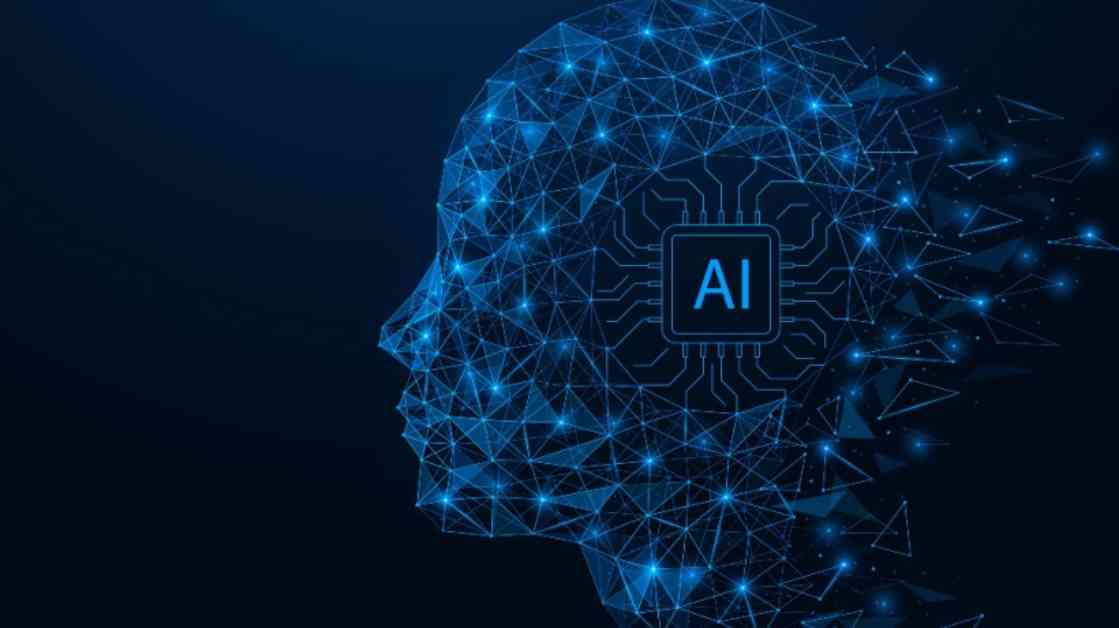Artificial intelligence (AI) has made significant strides in transforming the education sector, enhancing learning experiences for both educators and learners. The success of AI-powered education lies in the collaboration and synergy between educators, AI technology, and students. By leveraging AI for tasks such as grading and personalized learning experiences, teachers can focus on inspiring and engaging students, while AI tools provide valuable support.
### The Three Key Elements of Successful AI-Powered Education
Gone are the days when there were fears that AI might replace teachers. In reality, the most effective AI-powered education occurs at the intersection of three key elements: educators, AI technology, and learners. Each of these components plays a vital role in creating a holistic learning environment that leverages the benefits of AI while maintaining the human touch in education.
#### Educators: Embracing the Role of Teachers 2.0
Educators are at the forefront of AI-powered education, adapting to new technologies to enhance their teaching practices. With AI handling routine tasks like grading and data analysis, teachers can redirect their focus towards inspiring students, providing mentorship, and building meaningful connections. The shift towards Teachers 2.0 requires ongoing support and training to help educators effectively integrate AI tools into their teaching strategies.
#### AI Technology: The Game-Changer in Education
AI technology has revolutionized the education landscape, offering personalized learning platforms, AI tutors, and adaptive learning tools that cater to individual student needs. These AI-driven solutions provide instant feedback, customized exercises, and engaging content to enhance student learning experiences. By leveraging AI technology, educators can create dynamic and interactive lessons that resonate with students on a personal level, fostering a deeper understanding of complex concepts.
#### Learners: Active Participants in the AI Revolution
Students play a crucial role in the AI revolution in education, actively engaging with AI tools and developing a new form of literacy. Beyond traditional academic assessments, students are encouraged to understand AI, grapple with ethical considerations, and prepare for a future where AI is ubiquitous. By empowering students to interact with AI technology, educators are cultivating critical thinking skills, problem-solving abilities, and digital literacy essential for the 21st-century workforce.
### Global Examples of Innovation in AI-Powered Education
Across the globe, innovative initiatives are reshaping the education landscape through the integration of AI technology. These examples showcase the diverse applications of AI in education and highlight the transformative impact of AI on teaching and learning practices.
#### AI-Powered Textbooks in South Korea
In South Korea, AI-powered textbooks are revolutionizing the way students interact with their curriculum. These digital resources adapt to each student’s learning pace and style, offering personalized exercises and feedback. The AI technology tracks student progress and provides valuable insights to teachers, enabling them to identify areas where students may need additional support. This personalized approach not only enhances student engagement but also improves learning outcomes.
#### Entrepreneurship Programs in the United States
Entrepreneurship programs in the United States are integrating AI education into their curriculum, equipping students with the skills to leverage AI tools for business innovation. Initiatives like AI4ALL and AI for Good aim to empower young minds with AI skills, encouraging them to solve real-world problems through AI-driven solutions. By fostering an entrepreneurial mindset and technological proficiency, these programs prepare students for the challenges of the future workforce.
#### AI Tutors in the UK
In the UK, AI tutors are providing round-the-clock assistance to students, offering personalized learning experiences tailored to individual strengths and weaknesses. These AI-driven platforms deliver instant feedback, additional resources, and adaptive learning tools to support students outside traditional classroom hours. By complementing in-class instruction with AI tutoring, educators can focus on engaging students in dynamic learning activities while AI technology supports personalized learning experiences.
#### Smart Classrooms in China
China’s smart classrooms utilize AI technology to monitor and enhance student participation, utilizing AI cameras and sensors to analyze student behavior in real-time. This data enables teachers to adjust their teaching strategies to maintain high levels of student engagement and interest. Additionally, AI-driven interactive whiteboards adapt lessons based on student responses, creating an interactive and adaptive learning environment that caters to individual learning needs.
#### AI-Enhanced Education for Students with Learning Disabilities in Canada
In Canada, AI technology is being used to support students with learning disabilities through assistive communication devices and personalized learning apps. These tools facilitate differentiated instruction tailored to each student’s unique needs, promoting inclusivity and equal learning opportunities. By leveraging AI technology, educators can create inclusive learning environments that cater to diverse learning styles and abilities.
### The Collaborative Approach to AI-Powered Education
The examples above illustrate the transformative potential of AI in education when educators, AI technology, and learners collaborate to create a dynamic learning environment. This collaborative approach emphasizes the integration of technology to enhance educational experiences while preserving the essential role of educators in mentoring and inspiring students. By embracing AI technology in the classroom, educators are facilitating a shift towards a more adaptive and responsive educational system that meets the individual needs of each student.
In conclusion, the real power of AI in education lies in the convergence of educators, AI technology, and learners. This intersection creates a synergistic environment where technology and human touch combine to foster innovation and shape the future of education. As educators, students, and school leaders continue to collaborate and explore the possibilities of AI-powered education, they are paving the way for a new era of learning that prioritizes personalized experiences, critical thinking skills, and digital literacy. Learning is indeed a team sport, and with AI as a teammate, the opportunities for growth and development are limitless.
